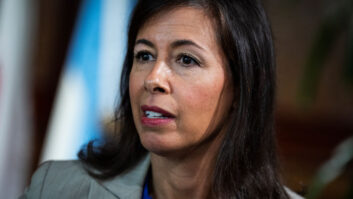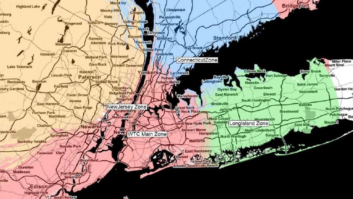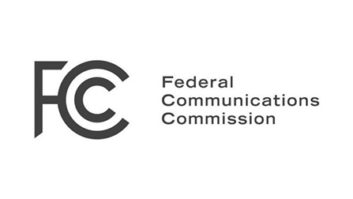Ahead of the 50th anniversary of the broadcast nondiscrimination rule, Maurita Coley and David Honig have written to the FCC on behalf of a group of supporters of Equal Employment Opportunity rules. They laid out several steps they want the commission to take relating to how stations meet these requirements.
They submitted comments in two open dockets having to do with FCC proposals to change or eliminate certain media rules.
Coley and Honig are the acting president/CEO and president emeritus and senior advisor, respectively, of the Multicultural Media, Telecom and Internet Council. They filed alongside the EEO Supporters, a list of 33 organization that includes the MMTC and other groups such as Dialogue on Diversity, NAACP, National Newspaper Publishers Association, Rainbow PUSH Coalition and others.
According to the letter, “On July 3, 1968, the FCC became the first federal agency to require its licensees to practice nondiscrimination in employment” — but the EEO supporters argue that the commission still has work to do to prevent discrimination, particularly in the area of “nearly exclusive word-of-mouth recruiting.”
Industry observers often remark about the lack of ethnic and gender diversity in broadcasting, and this element of the EEO rules is intended to address the homogeneity that word of mouth recruiting can promote when used exclusively or primarily, they wrote.
Prior to 2002, the commission assessed staff composition by using data from Form 395, and the EEO supporters want the FCC to rekindle this process — but to do so only after identifying stations that “recruit primarily by WOM, as opposed to recruiting online or through local community job boards, employment agencies or community groups.” Those that do so will be required to submit the form, which will then be used to assess whether or not inherent discrimination has occurred and whether sanctions are justified.
To ensure that the courts would find this acceptable, “the commission would use the data only for the narrowly tailored purpose of evaluating which stations’ staff compositions were so extremely homogeneous that their recruitment efforts by WOM must inevitably be regarded as discriminatory.”
Additionally, they recommend that the FCC evaluate its audit program to ensure that auditors have sufficient information to check that decisions were made after the jobs were publicized, and “that audits are allowed to uncover discrimination at the points of recruitment, interviewing and selection.”
Next, the commission should collect and publish an annual anonymized summary of aggregate Form 395 data and make it available to the public. This would help to track broadcast industry employment trends.
They also question whether the EEO enforcement should be moved under the umbrella of the Enforcement Bureau in a new “Civil Rights Section,” which would consist of actions regarding “procurement, transactions and advertising nondiscrimination enforcement.” The size of the EEO enforcement staff — seven people as opposed to 14 in the 1990s — was also highlighted as potentially problematic.











